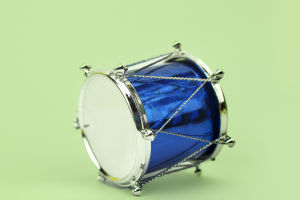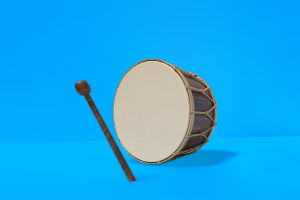Hey Lykkers! Have you ever wondered about the instrument that brings both jazz and classical music alive with its warm, resonant tones?
Today, let's dive into the enchanting world of the saxophone and explore its history, how it works, and why it has such a unique place in the music world.
The History of the Saxophone
The saxophone was invented in the 1840s by Adolphe Sax, a Belgian musician and instrument maker. Originally, it was created to blend the power of brass instruments with the smoothness of woodwinds. This versatility made it quickly popular across various musical genres, from jazz to classical. Over time, the saxophone became a symbol of emotional depth in music, particularly in jazz, where it brought in rich, expressive sounds that became synonymous with the genre.
Anatomy of the Saxophone
The saxophone is made up of a few essential parts: the mouthpiece, reed, body tube, and bell. The mouthpiece is where the musician places their mouth, while the reed vibrates to create sound. The body tube is where most of the sound is produced, and the bell amplifies it, projecting it outward. Saxophones also have various keys that allow the player to produce different notes by pressing down in patterns. The player's breath vibrates the reed and produces the saxophone's distinctive sound, which can vary from warm and mellow to bright and punchy, depending on the style and skill of the musician.
Types of Saxophones
Saxophones come in different sizes and pitches, each with a unique sound and role in music. The most common types are:
• Soprano Saxophone: Smallest and highest-pitched, often producing a sharp, clear sound.
• Alto Saxophone: Known for its rich, full tone, the alto is the most popular and commonly used in jazz and classical music.
• Tenor Saxophone: Larger and lower-pitched than the alto, the tenor is famous for its deeper, more resonant sound.
• Baritone Saxophone: The largest of the four, producing the lowest notes, and is commonly used to provide a bass foundation in jazz bands.
Each saxophone has a distinct role and tonal quality, making it a versatile choice for many music styles.
Choosing your first saxophone - Everything you need to know to choose the one for you
Video by Gear4music Keys and Piano
Learning to Play the Saxophone
Learning to play the saxophone takes time and practice, but it's incredibly rewarding. One of the most important steps is to develop proper breathing techniques, as the saxophone relies heavily on the player's breath control. Additionally, mastering the fingering on the saxophone's keys is essential for smooth transitions between notes. Beginners often start with the alto saxophone because it is more compact and easier to handle.
If you're considering learning this beautiful instrument, it's helpful to start with basic scales and finger exercises to get comfortable with the keys. As you progress, you'll discover how each note brings out different emotions, adding depth to every performance.
Tips for Choosing a Saxophone
When choosing a saxophone, beginners may want to start with an entry-level instrument, which is generally more affordable and lighter. Brands like Yamaha and Selmer are well-regarded for producing high-quality beginner models. As players progress, they can explore professional models that offer more advanced features and enhanced sound quality.
The Magic of the Saxophone Sound
The saxophone's sound has an unmatched emotional range, moving seamlessly from soft, warm tones to bold, expressive notes. Its voice-like quality allows it to mimic the human voice, making it ideal for solos in both jazz and classical music. The depth and expressiveness of the saxophone make it an unforgettable experience for both players and listeners.


